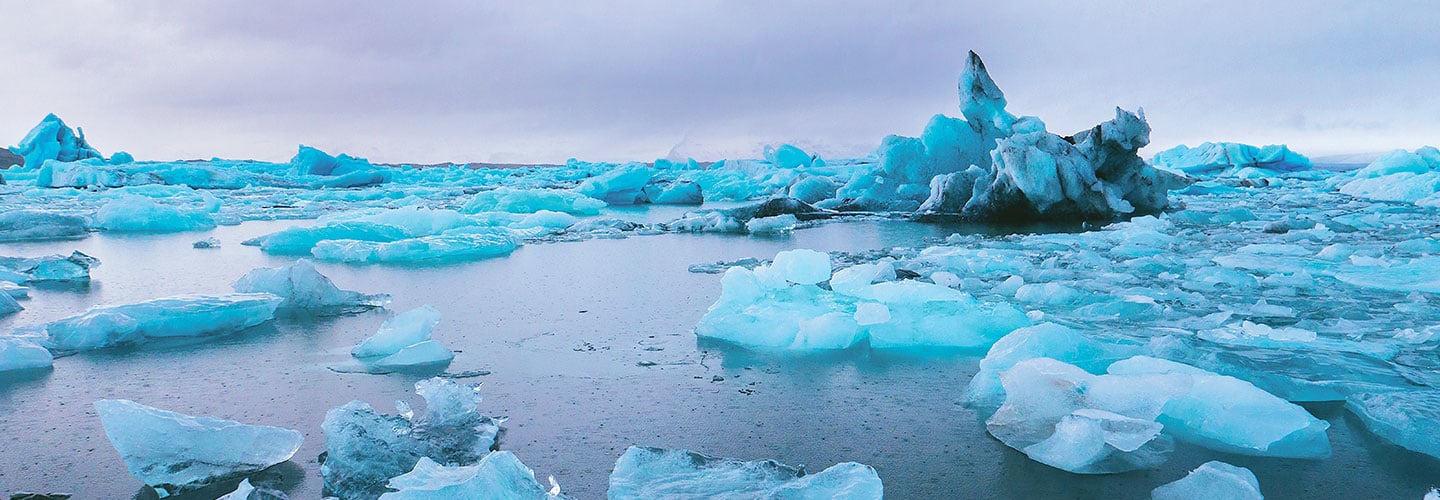At first, the crack crept slowly along the Antarctic Peninsula. This long landmass juts out from the frozen continent, arching toward South America like a bird’s wing. Huge platforms of floating ice called ice shelves extend from the coast into the sea.
Then, in 2014, the crack began expanding. By early 2017, it stretched 150 kilometers across an ice shelf known as Larson C. It was growing at the rate of five football fields a day. Finally, on a cloudy winter day in July, the crack reached the end of its journey, causing a big chunk of Larson C to break free.
The crack in the ice grew slowly at first. It crept up along the ice shelf. Ice shelves are huge platforms of floating ice that stick out from land into the sea. This ice shelf was on the Antarctic Peninsula. It’s a long landmass that stretches toward South America like a bird’s wing.
The crack began expanding in 2014. It stretched 150 kilometers across the Larson C ice shelf by 2017. The crack grew five football fields in length each day. In July, the crack reached the end of its journey. On a cloudy winter day, a big chunk of Larson C broke free.

